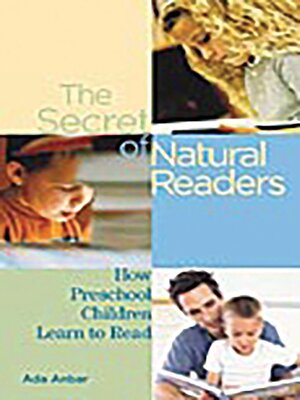
Sign up to save your library
With an OverDrive account, you can save your favorite libraries for at-a-glance information about availability. Find out more about OverDrive accounts.
Find this title in Libby, the library reading app by OverDrive.



Search for a digital library with this title
Title found at these libraries:
| Loading... |
It has been recognized since the 1980s that literacy begins to develop a long time before formal schooling begins. In today's literate environment, children start learning to read much as they learn to speak, through playful print interactions with their parents, older siblings, or other adults, beginning in year one. A sharp debate about the best approach to developing early childhood literacy is now brewing between reading instruction experts, who tend to advocate direct instruction of skills, and preschool educators, who know that preschoolers learn best through play. This book provides a model for action that may help to settle the debate.
Interactions that involve the printed word occur spontaneously between young children and adults in the context of daily life activities. This is true, to a greater or lesser degree, in essentially all socioeconomic and cultural environments. Recognizing the critical importance of the early years for the development of literacy, the National Association for the Education of Young Children (NAEYC) and the International Reading Association (IRA) formulated, in 1998, a joint position statement regarding early literacy. That statement included a set of general recommendations for teaching practice. But following the Bush administration's No Child Left Behind legislation of January 2002, and the establishment of the Reading First and Early Reading First programs, early childhood educators are now under heavy pressure to be more specific and to issue standards, or shared expectations, for the literacy development of all children below kindergarten age.
Utilizing the actual experiences of six preschool children, The Secret of Natural Readers documents the process of reading development through stories of their early years. The author discusses the implications of natural reading development and its feasibility among preschoolers from different segments of the population. She also spells out, for parents and early childhood teachers, critical information on how preschool children should learn to read.
Interactions that involve the printed word occur spontaneously between young children and adults in the context of daily life activities. This is true, to a greater or lesser degree, in essentially all socioeconomic and cultural environments. Recognizing the critical importance of the early years for the development of literacy, the National Association for the Education of Young Children (NAEYC) and the International Reading Association (IRA) formulated, in 1998, a joint position statement regarding early literacy. That statement included a set of general recommendations for teaching practice. But following the Bush administration's No Child Left Behind legislation of January 2002, and the establishment of the Reading First and Early Reading First programs, early childhood educators are now under heavy pressure to be more specific and to issue standards, or shared expectations, for the literacy development of all children below kindergarten age.
Utilizing the actual experiences of six preschool children, The Secret of Natural Readers documents the process of reading development through stories of their early years. The author discusses the implications of natural reading development and its feasibility among preschoolers from different segments of the population. She also spells out, for parents and early childhood teachers, critical information on how preschool children should learn to read.







